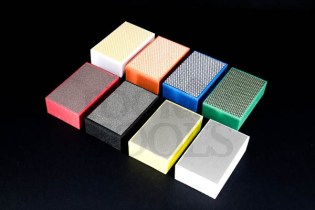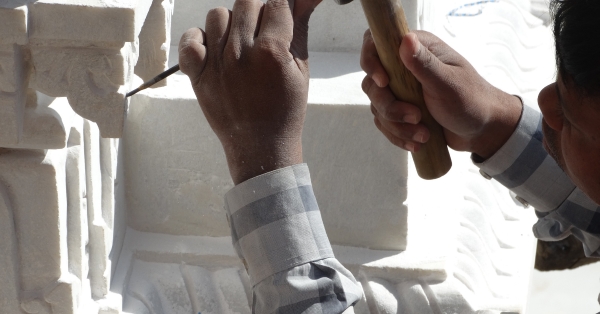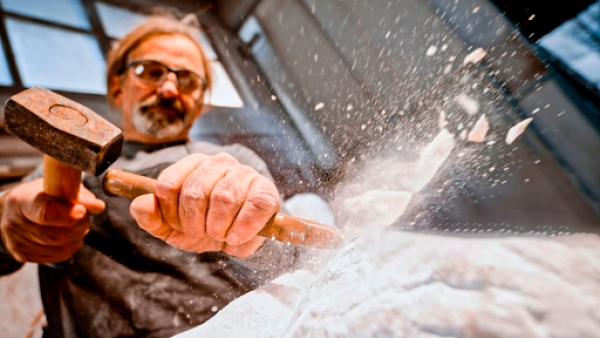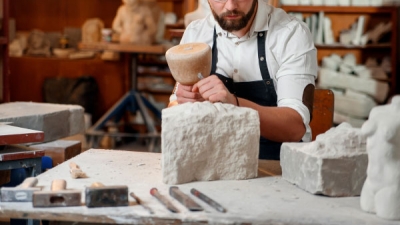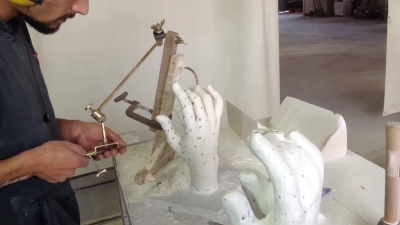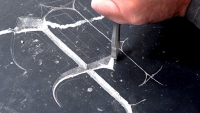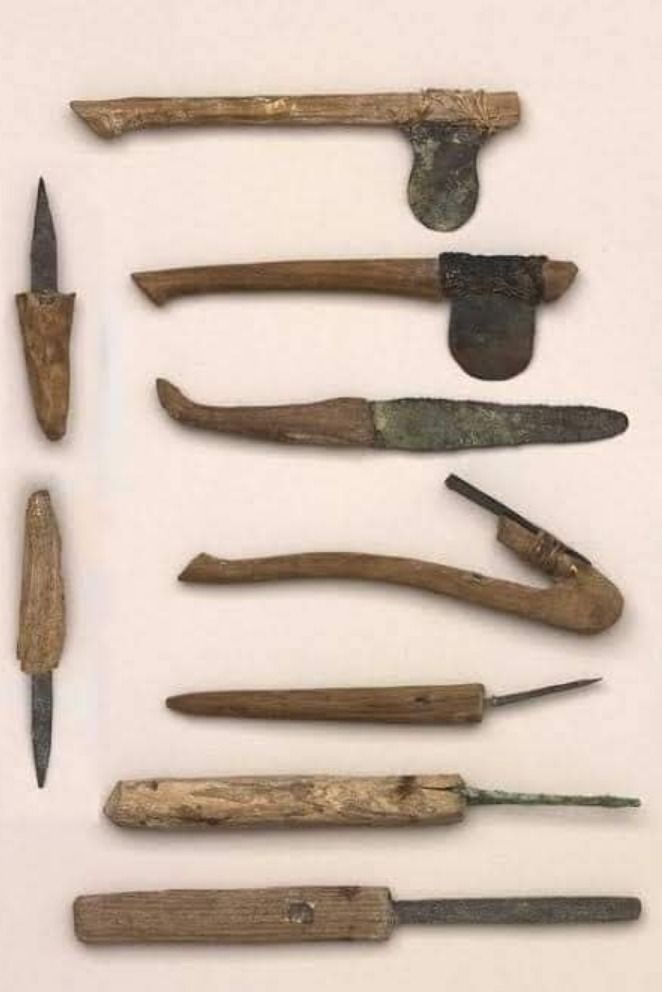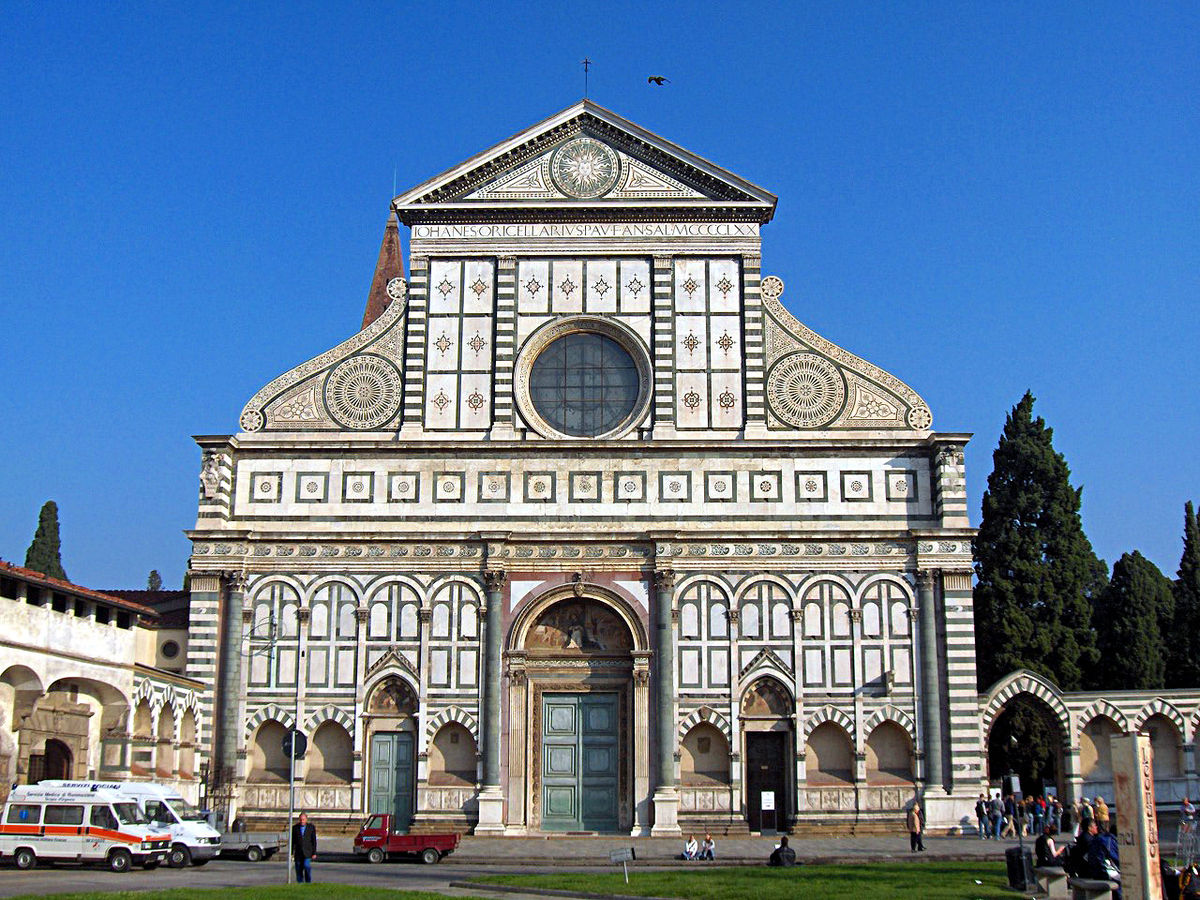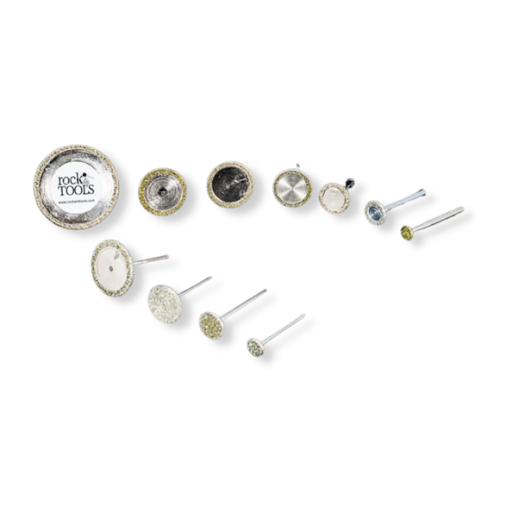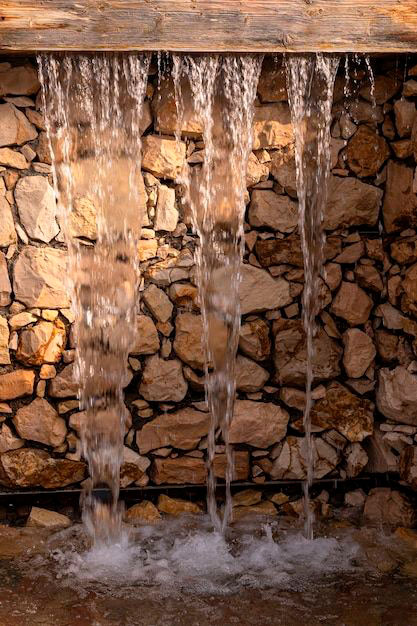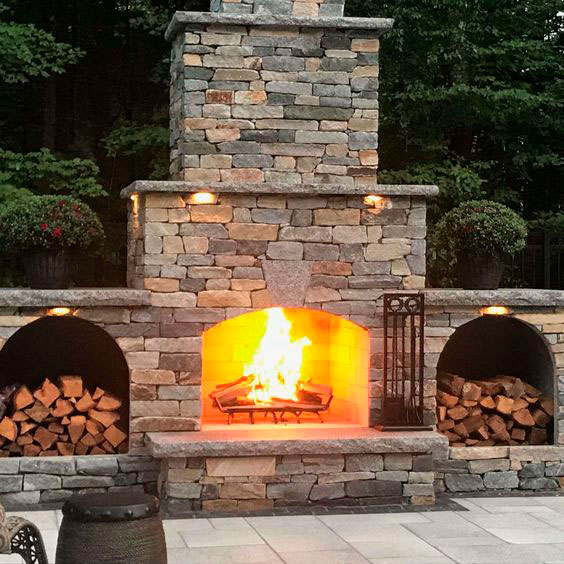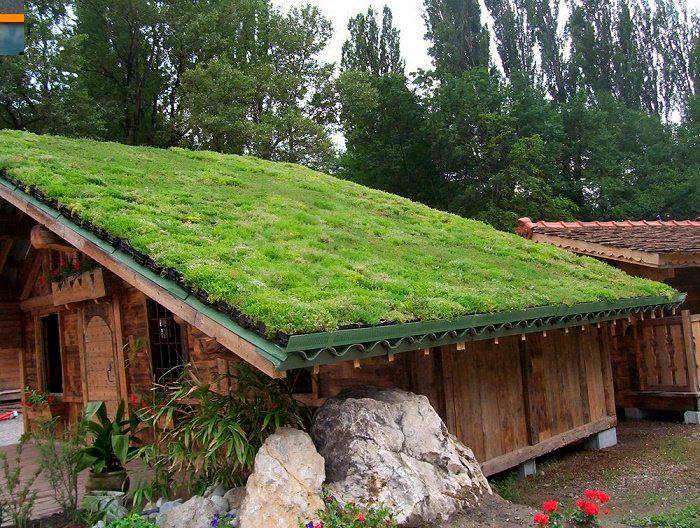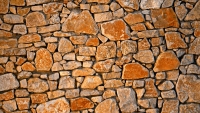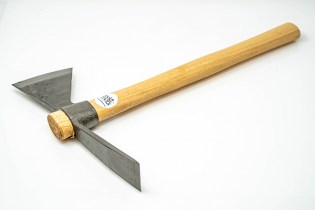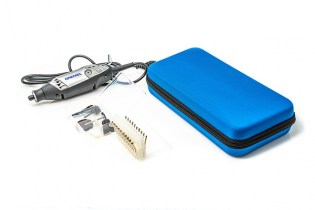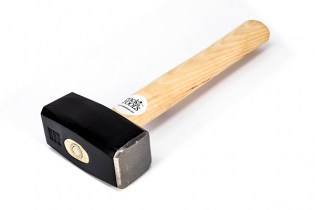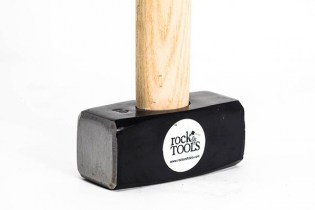Stone Carving: Bas-relief and Relief - Techniques, Tools and Artistic Evolution
- Introduction and Historical Context
- Stone Carving Tools and Techniques
- Tool sharpening and maintenance
- Safety and Practical Projects
- Conclusion
Introduction and Historical Context: Stone Carving Tools through Time
The fundamental role of tools in the art of stone carving
Stone carving, one of the oldest art forms, has been essential in the expression of human creativity. However, this art would not be possible without the use of specialised tools. From rudimentary chisels to modern precision tools, the development of these tools has been key to the evolution of stone carving.
Evolution of stone carving tools
At the dawn of history, carving tools were simple and functional, designed to work with the stones available. Over time, each culture and civilisation introduced innovations to these tools, improving their efficiency and precision. The ancient Egyptians, for example, developed specific tools for carving hieroglyphs in granite and basalt, while the Greeks and Romans perfected tools for marble, allowing an unprecedented level of detail.
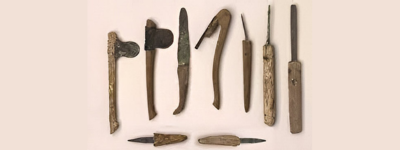
Influence of tools in different cultures
Each advance in the manufacture of stone carving tools opened up new artistic possibilities. In Asia, tools enabled the creation of complex religious sculptures, while in Europe, the evolution of these tools was fundamental to the development of Gothic architecture and its detailed reliefs.
Carving tools in the modern era
Today, stone carving tools combine tradition with technological innovation. The introduction of power tools and CNC machinery has revolutionised carving techniques, allowing artists and craftsmen to achieve previously unimaginable levels of precision and efficiency. However, the ability to handle traditional hand tools remains invaluable, connecting modern carvers to a historical legacy.
Stone Carving Tools and Techniques: From Basic to Complex
Stone Selection: The First Step in Stone Carving
Before beginning any carving project, it is crucial to select the right type of stone. Each variety, from marble to granite to limestone, has unique characteristics that influence the carving process. For example, marble is prized for its smoothness and ability to detail, while granite is known for its hardness and strength, requiring more robust tools.

Essential tools for stone carving
Stone carving requires a specific set of tools, each designed for a particular function. Some of the most common tools include:
- Chisels: used for cutting and shaping stone. They vary in size and shape, from flat chisels for creating smooth surfaces to serrated chisels for texturing.
- Mallets and Hammers: These provide the force needed to work the stone, from heavy mallets for roughing to lighter hammers for fine detailing.
- Files and rasps: These tools are essential for smoothing and refining the surface of the stone after carving.
Carving Techniques: From Bas-relief to Full Relief
Stone carving encompasses a variety of techniques, each suitable for different styles and details:
- Relief carving: this technique involves carving the stone so that the design rises above the background. It is ideal for decorative panels and artistic works. A notable historical example is the "Altar of Pergamon", a Hellenistic monument famous for its high-relief frieze depicting the battle between the gods and the giants.

- Low relief carving: Similar to relief, but with less depth, giving a more subtle sense of dimension. A classic example is the "Parthenon Frieze" in Athens, which shows the procession of the Panathenaeas in exquisite detail in bas-relief, capturing elegance and movement with minimal depth.

- Texturing: Using serrated chisels and other tools, artists can create a variety of textures to add depth and character to the work. A historical example of texturing can be found in Egyptian sculptures, such as those in the tomb of Ramses VI, where stone texture was used to give a distinctive effect to clothing and hair.

The carving process: A balance between strength and precision
Stone carving is both an art and a science. It requires an understanding of the structure of the stone and an ability to apply the right amount of force. Artists begin with roughing, removing large portions of material, and gradually move to finer techniques to detail and polish the work.
The Importance of Sharp Tools and their Maintenance in Stone Carving
Keeping tools sharp for effective stone carving
In the art of stone carving, working with sharp tools is essential. A properly sharpened cutting edge allows for greater control and precision, making it easier to create fine details and complex textures in the stone. In addition, sharp tools reduce the need to apply excessive force, which not only improves the quality of the v regularly to ensure its effectiveness. A visual and tactile inspection before each use can help identify the need for re-sharpening, ensuring that tools are always in the best condition for the job.
Cleaning and maintenance to prevent rust and damage
Proper care and maintenance are essential to prolong the life of stone carving tools, especially to prevent rust and protect delicate components such as widia.
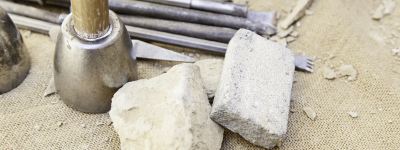
- Post-use cleaning: After each carving session, it is important to clean the tools to remove stone residue and dust. This not only keeps the tools in good condition, but also prevents the accumulation of particles that could cause wear or damage.
- Proper storage: Storing tools in a dry and clean place is crucial to prevent rusting. The use of protective sleeves or storage on appropriate shelves can prevent contact with moisture and other corrosive elements.
- Special care for widia: Tools with tungsten carbide (widia) tips require special attention. Avoid hard knocks or falls that could fracture this brittle material and ensure that they are stored in such a way that the tips do not come into direct contact with hard surfaces.
Practical tips for tool care
- Avoid exposure to moisture: Keep tools away from damp environments and, if possible, use dehumidifiers in the storage area.
- Regular inspection: Carry out regular inspections for signs of corrosion or wear, especially on joints and cutting areas of tools.
- Use of lubricants and protectants: Applying protective oils or tool-specific lubricants can help prevent rust and keep moving parts in good condition.
Safety and Practical Projects in the Stone Carving Workshop
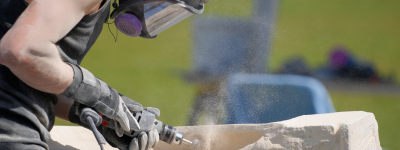
Prioritising safety in the workshop
Safety is a fundamental aspect of the stone carving workshop. Since sharp tools and heavy materials are involved, it is essential to adopt safety practices to prevent accidents and injuries.
- Personal Protective Equipment (PPE): The use of safety glasses, sturdy gloves, hearing protection and dust masks is essential to protect against stone particles and the hazards associated with the use of tools.
- Safe working environment: Maintaining a tidy and clean workshop helps prevent trips and falls. In addition, it is important to ensure that the work area is well lit and ventilated.
- Correct use of tools: Familiarity with the proper handling of each tool and adherence to safe carving techniques are key to avoiding accidents.
Developing practical projects
In addition to safety, practice and experimentation are essential for developing skills in stone carving. Here we present a basic practical project that can serve as a starting point for beginners:
Starter project: Carving a simple Bas-relief
- Stone selection: Start with a soft stone such as limestone, which is easier to carve and excellent for practice.
- Motif design: Choose a simple design, such as a flower or geometric pattern, and draw it on the stone with a pencil.
- Tools needed: Use chisels of different sizes and shapes for scrapers and grinders to rough out the background and define the details of the design.
- Carving technique: Start by roughing out the background of the design to create the bas-relief effect. Then use finer chisels to detail and clean up the edges of the design.
- Polishing and finishing: Finish the project by smoothing the surface with fine-grit sandpaper and rasps.
Tips for advanced projects
As you gain experience, you can tackle more complex projects involving advanced techniques and harder stones. It is important to keep learning and challenging yourself with more intricate designs and more sophisticated techniques.
Conclusion: The Continuing Evolution of Stone Carving
The art of stone carving, one of the oldest and most respected forms of expression, remains a vibrant and constantly evolving discipline. From the careful selection of stone to the meticulous application of Relief and Bas-relief carving techniques, each step of the process reflects both the historical heritage and ongoing innovation in the field.
The importance of using proper and well-maintained tools cannot be underestimated. Sharp and well-maintained tools not only facilitate the creation of detailed and expressive works, but also ensure safety and efficiency in the workshop. In addition, regular maintenance and rust prevention are essential to preserve the quality and lifespan of these indispensable tools.
In the stone carving workshop, safety is paramount. The adoption of safe practices and the use of personal protective equipment are essential to protect the artist from potential hazards. In addition, the completion of practical projects, from simple designs for beginners to more complex works for experienced carvers, allows for the development and refinement of skills in this art.
Although this post has not explored it in depth, the latest technological innovations are going to give stone carving a lot to play with. Artists can create and visualise complex 3D models before beginning the physical carving process, allowing for more detailed planning and experimentation with innovative forms. In addition, computer numerically controlled (CNC) machines allow for precise cutting and carving that would be extremely difficult, if not impossible, to achieve by hand. This opens up a new world of intricate designs and exact replication. In the field of stone carving, it is clear that the combination of traditional techniques with modern methods will continue to enrich and expand the possibilities of this ancient art.
Stone carving is an art that continues to challenge, inspire and evolve, maintaining its relevance and beauty over time. For stone carving enthusiasts and practitioners, each piece is an opportunity to connect with a rich artistic tradition and, at the same time, leave their own mark on the history of this timeless art.







